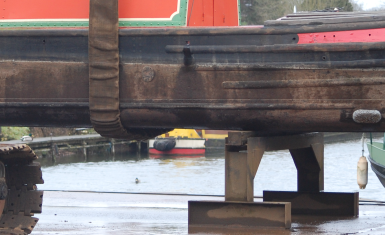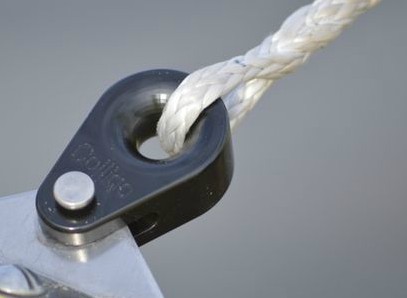 Based in the sunshine state of Florida, second generation marine surveyor, Craig Norton, is the President of InspectX. A SAMS® Accredited Marine Surveyor, RYA 200 ton Yachtmaster Offshore and MCA Y3 Chief Engineer, he decided he was fed up of duplicating his work when writing his reports, collecting the evidence in the field only to come home to have to make sense of his scribbled notes so he could write his report. His thought process led him to search for a solution so that a report could be generated whilst doing the survey to save those many hours in front of a laptop once home. The result is InspectX, a programme designed for surveyors by surveyors.
Based in the sunshine state of Florida, second generation marine surveyor, Craig Norton, is the President of InspectX. A SAMS® Accredited Marine Surveyor, RYA 200 ton Yachtmaster Offshore and MCA Y3 Chief Engineer, he decided he was fed up of duplicating his work when writing his reports, collecting the evidence in the field only to come home to have to make sense of his scribbled notes so he could write his report. His thought process led him to search for a solution so that a report could be generated whilst doing the survey to save those many hours in front of a laptop once home. The result is InspectX, a programme designed for surveyors by surveyors.
Continue reading “Introducing InspectX – A New Tool for the Old School”

 Nickel ore liquefaction remains a key point of concern for shipowners and charterers, argues Janice Dao Yeung Yeung, Senior Claims Executive, Lawyer, Skuld P&I Club, who has provided a detailed analysis of the regulatory obligations surrounding the nickel ore cargo from the Philippines and Indonesia for masters, charterers, owners, shippers, as well as insurers.
Nickel ore liquefaction remains a key point of concern for shipowners and charterers, argues Janice Dao Yeung Yeung, Senior Claims Executive, Lawyer, Skuld P&I Club, who has provided a detailed analysis of the regulatory obligations surrounding the nickel ore cargo from the Philippines and Indonesia for masters, charterers, owners, shippers, as well as insurers.


 An Autonomous Underwater Vehicle (AUV) operates independently from the ship and has no connecting cables while ROVs are connected to an operator on the surface host ship by a load-carrying umbilical cable which provides communication and control.
An Autonomous Underwater Vehicle (AUV) operates independently from the ship and has no connecting cables while ROVs are connected to an operator on the surface host ship by a load-carrying umbilical cable which provides communication and control.




